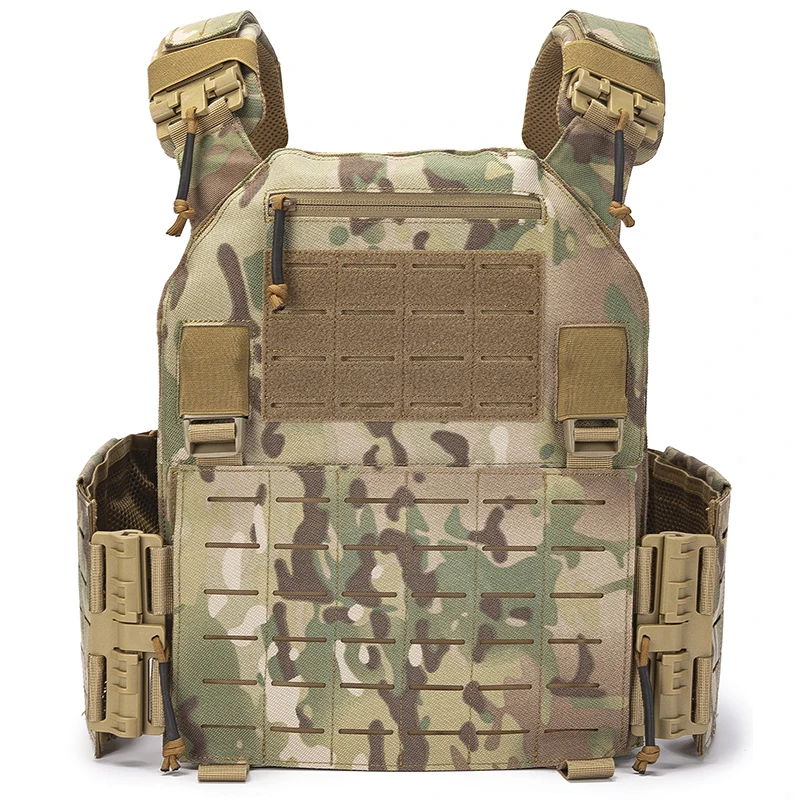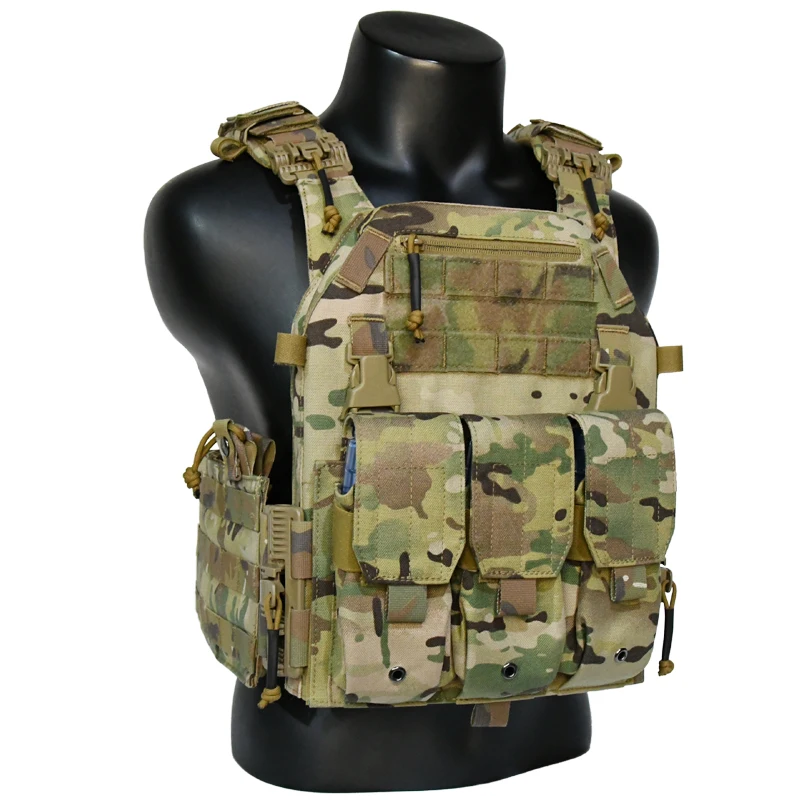Tactical Gear
PRODUCTS
Tactical Vest Ultimate Guide For Gear Heads
Types of Tactical Vests
The market offers a dizzying array of tactical vests, each designed with specific purposes in mind. Plate carriers provide the most robust protection, featuring hard armor plates to safeguard vital organs. These are often the choice for military and law enforcement personnel facing high-risk situations. Their modularity allows for customization with pouches and accessories. Conversely, low-profile vests prioritize concealment and comfort, suitable for undercover operations or everyday carry. These usually lack hard armor but offer ample space for smaller items.
Beyond these two extremes, you'll find a spectrum of options. Chest rigs, for example, offer a minimalist approach, focusing on carrying essential magazines and other smaller gear. They are lightweight and allow for greater freedom of movement. Then there are concealed carry vests, designed to discreetly hold firearms and other self-defense equipment, perfect for those seeking concealed protection in everyday life. Each type caters to a specific need, requiring careful consideration of your intended use.
Key Features and Considerations
Choosing the right tactical vest involves more than just aesthetics. Material is paramount; durable, water-resistant fabrics like Cordura nylon are essential for longevity and weather protection. Consider the weight; a heavier vest provides more protection but can impede movement, while a lighter vest prioritizes agility but may offer less protection. The adjustability of the vest is crucial; ensuring a comfortable and secure fit is vital for both comfort and effective gear management.
The modularity of the vest is another critical aspect. Look for vests with various attachment points – MOLLE (Modular Lightweight Load-carrying Equipment) webbing is a common standard. This allows you to customize the vest by attaching pouches, holsters, and other accessories tailored to your specific gear and mission requirements. Consider the number and placement of pouches; ensure they adequately accommodate your equipment without compromising mobility or comfort.
Choosing the Right Vest for Your Needs
Your choice of tactical vest should be driven by your specific needs and intended use. If you’re a competitive shooter, a lightweight chest rig might suffice. For hunting or outdoor adventures, a more rugged vest with ample space for gear and potentially additional protection is preferable. Law enforcement or military personnel will likely require a plate carrier offering ballistic protection. For everyday carry, a concealed carry vest offering discreet protection might be the ideal solution.
Before making a purchase, consider trying on different vests to find the perfect fit and assess their comfort and functionality. Read reviews and compare specifications to ensure the vest meets your needs and expectations. Investing in a high-quality tactical vest is an investment in your safety and effectiveness, so don't rush the decision. Take your time to research and choose wisely.
SUBSCRIBE
INQUIRY










